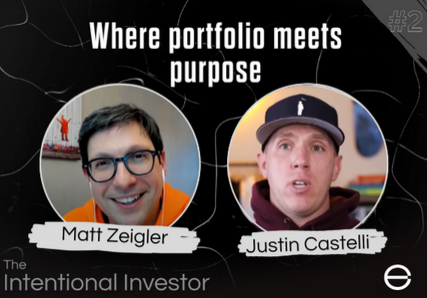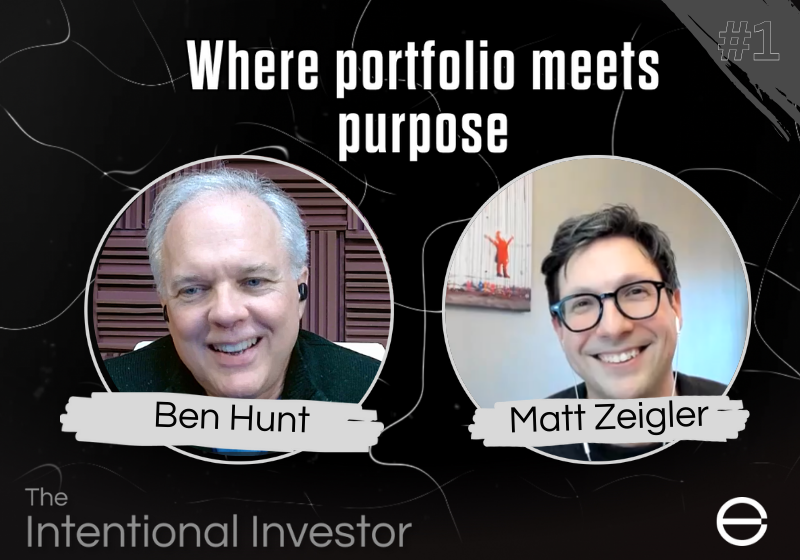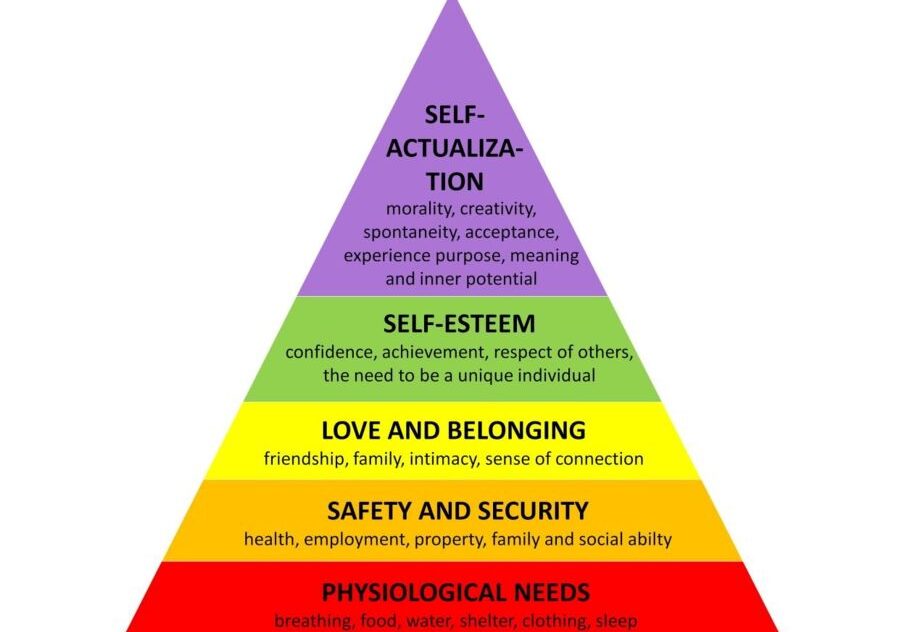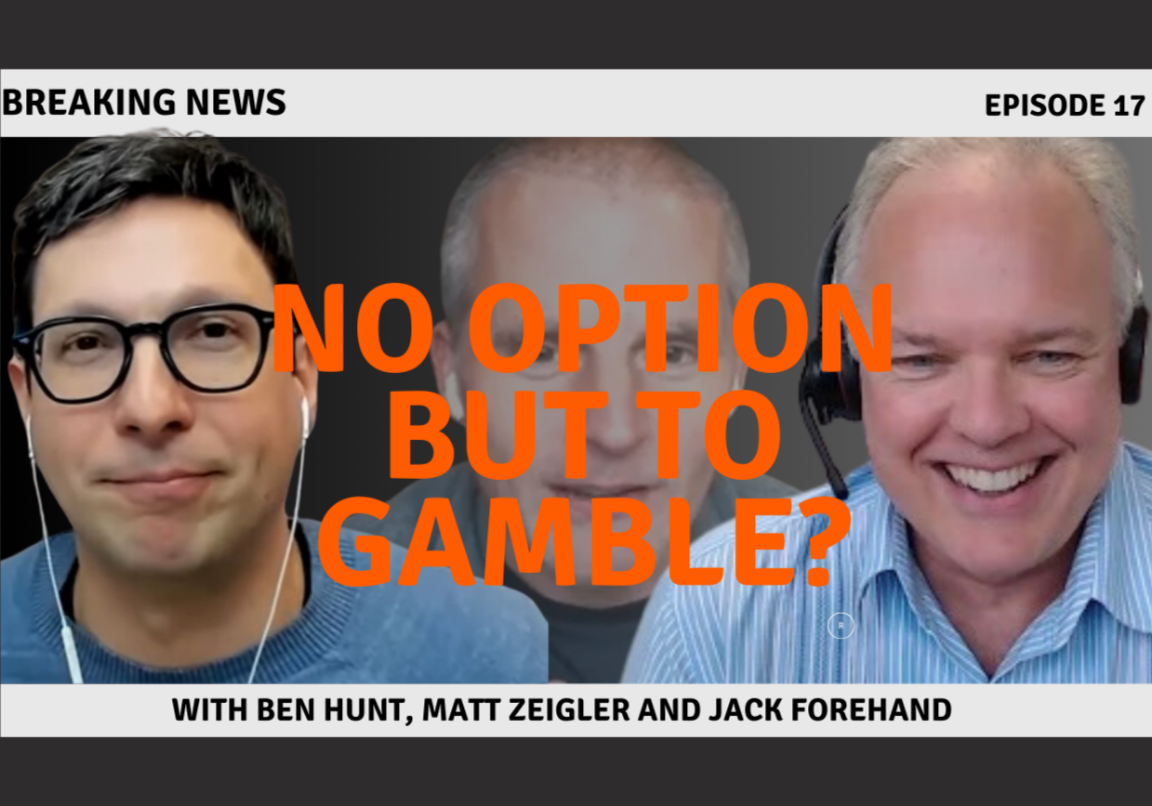Rock, Paper, Scissors
To learn more about Epsilon Theory and be notified when we release new content sign up here. You’ll receive an email every week and your information will never be shared with anyone else.
Continue the discussion at the Epsilon Theory Forum
The Latest From Epsilon Theory
This commentary is being provided to you as general information only and should not be taken as investment advice. The opinions expressed in these materials represent the personal views of the author(s). It is not investment research or a research recommendation, as it does not constitute substantive research or analysis. Any action that you take as a result of information contained in this document is ultimately your responsibility. Epsilon Theory will not accept liability for any loss or damage, including without limitation to any loss of profit, which may arise directly or indirectly from use of or reliance on such information. Consult your investment advisor before making any investment decisions. It must be noted, that no one can accurately predict the future of the market with certainty or guarantee future investment performance. Past performance is not a guarantee of future results.
Statements in this communication are forward-looking statements. The forward-looking statements and other views expressed herein are as of the date of this publication. Actual future results or occurrences may differ significantly from those anticipated in any forward-looking statements, and there is no guarantee that any predictions will come to pass. The views expressed herein are subject to change at any time, due to numerous market and other factors. Epsilon Theory disclaims any obligation to update publicly or revise any forward-looking statements or views expressed herein. This information is neither an offer to sell nor a solicitation of any offer to buy any securities. This commentary has been prepared without regard to the individual financial circumstances and objectives of persons who receive it. Epsilon Theory recommends that investors independently evaluate particular investments and strategies, and encourages investors to seek the advice of a financial advisor. The appropriateness of a particular investment or strategy will depend on an investor’s individual circumstances and objectives.









Ben Hunt…”We care about observing the unstructured conditions of the present and understanding the physics of what hand shapes will be made next. Because those micro behaviors of fear and greed can NEVER be arbed away.”
So what are the indirect effects of markets now and what do you want to solve or change? There is a conversation about how markets in they’re current state are not healthy/normal but anything but that due to a host of factors…HFT, VC’s, Sharebuybacks, ICO’s, Growth models over fundamentals, QE and primarily Central Banking who serve the “Banks” and not the citizens. So you get distorted markets that jump over a thousand points in one day…the negative feedback loops are destroyed for positive feedback loops so that todays markets are always in a state of “Over-Reaction” because computer algorithms separate data from narrative much more efficiently/optimized than human algorithms.
Is this a correct synopsis? If not, what is? What are the currents conditions and what do you want to change them to? What’s your 5 W’s? I ask from the perspective is the above on the right path? or What is the right path more specifically? If the questions bother anyone, then please spell it out for me (layman terminology)? Just trying to get a better understanding at my non-expert individual investor level?
“The first principle is that you must not fool yourself and you are the easiest person to fool.” -Richard Feynman
Ben,
Ray Dalio has been wildly successful and made an enormous fortune assuming the markets act like a machine.
He has been quite public about this and shared his ideas, that I’m sure you’ve read.
What are your thoughts on Dalio and Bridgewater ?
Thanks
Peter
Ben’s thoughts on Dalio… https://www.epsilontheory.com/the-narrative-machine/
The Janken machine sounds a lot like what the High Frequency Trading shops were doing several years ago (“cheating” by using technology (and complicit exchanges) to front run order flow) and what I suspect RenTec et al have been doing for decades (using technology and a ton of PhDs to predict securities movements over a few minutes time-frame).
I found this article from yesterday’s NYT on machine learning fascinating – https://www.nytimes.com/2018/12/26/science/chess-artificial-intelligence.html?emc=edit_th_181227&nl=todaysheadlines&nlid=18635851227
“on Dec. 5, 2017, the [Google/DeepMind] team had stunned the chess world with its announcement of AlphaZero, a machine-learning algorithm that had mastered not only chess but shogi, or Japanese chess, and Go. The algorithm started with no knowledge of the games beyond their basic rules. It then played against itself millions of times and learned from its mistakes. In a matter of hours, the algorithm became the best player, human or computer, the world has ever seen.”
By playing against itself and updating its neural network as it learned from experience, AlphaZero discovered the principles of chess on its own and quickly became the best player ever. Not only could it have easily defeated all the strongest human masters — it didn’t even bother to try — it crushed Stockfish, the reigning computer world champion of chess. In a hundred-game match against a truly formidable engine, AlphaZero scored twenty-eight wins and seventy-two draws. It didn’t lose a single game.
Most unnerving was that AlphaZero seemed to express insight. It played like no computer ever has, intuitively and beautifully, with a romantic, attacking style. It played gambits and took risks."
“AlphaZero had the finesse of a virtuoso and the power of a machine. It was humankind’s first glimpse of an awesome new kind of intelligence.”
“What is frustrating about machine learning, however, is that the algorithms can’t articulate what they’re thinking. We don’t know why they work, so we don’t know if they can be trusted. AlphaZero gives every appearance of having discovered some important principles about chess, but it can’t share that understanding with us. Not yet, at least. As human beings, we want more than answers. We want insight. This is going to be a source of tension in our interactions with computers from now on.”
And on August 29th, Skynet became self-aware…
Thanks Andy